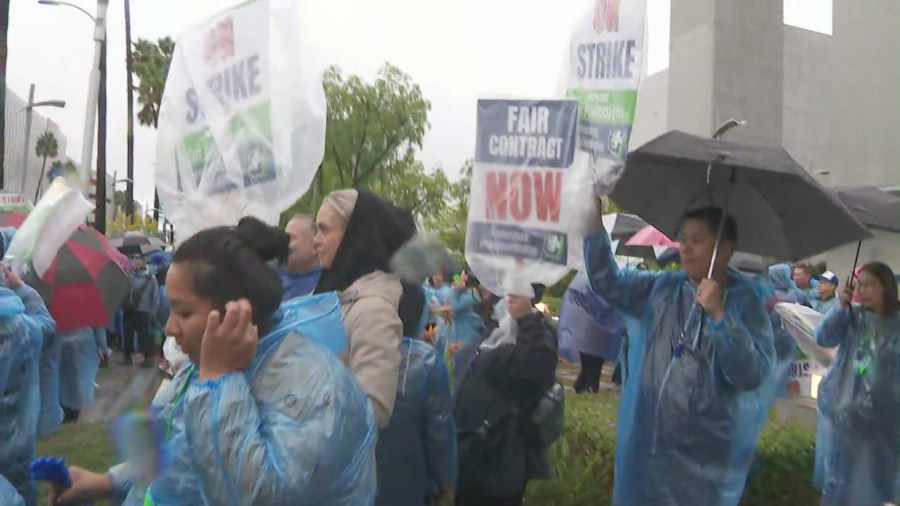URGENT UPDATE: The five-day strike involving over 46,000 Kaiser Permanente healthcare workers has officially ended, with the union declaring “new momentum” in negotiations. The strike, which erupted on October 14, 2025, saw employees protesting at more than 500 facilities across the West Coast, primarily in California, Hawaii, and Oregon.
The United Nurses Associations of California/Union of Health Care Professionals (UNAC/UHCP) led the strike, citing issues such as “unsafe staffing, stagnant wages, and deteriorating patient care conditions.” Among the striking workforce, more than 31,000 workers were based in California, including registered nurses, pharmacists, and various other healthcare professionals.
Kaiser officials termed the strike “unnecessary and disruptive,” asserting they had made a “strong, comprehensive offer” to the union. However, healthcare workers rejected this proposal, leading to a historic walkout that emphasized the need for safer staffing and fair contracts.
As negotiations resume, UNAC/UHCP highlighted the new staffing standards released by the Joint Commission during the strike, which they claim will significantly influence future contract discussions. Union President Charmaine S. Morales stated, “Employers like Kaiser can no longer treat staffing like a budget line. It’s now a national patient safety mandate.”
Kaiser representatives confirmed they welcome back the striking employees and remain focused on delivering quality care. They also expressed gratitude towards the thousands of workers who supported operations during the strike.
Looking ahead, Kaiser Permanente and the Alliance agreed to resume negotiations on October 22-23, focusing primarily on economic issues. Kaiser emphasized their contract proposal, which offers a total wage increase of 21.5% over four years, aimed at attracting and retaining top talent amid rising healthcare costs.
The union’s statement concluded, “This strike may be over, but the fight for patient safety is not. Caregivers are returning to work united, energized, and ready to keep up the pressure for a fair contract that puts patients first.”
As the situation develops, both sides prepare for significant negotiations that could reshape the landscape of healthcare staffing and wages. Stay tuned for updates as this story unfolds.







